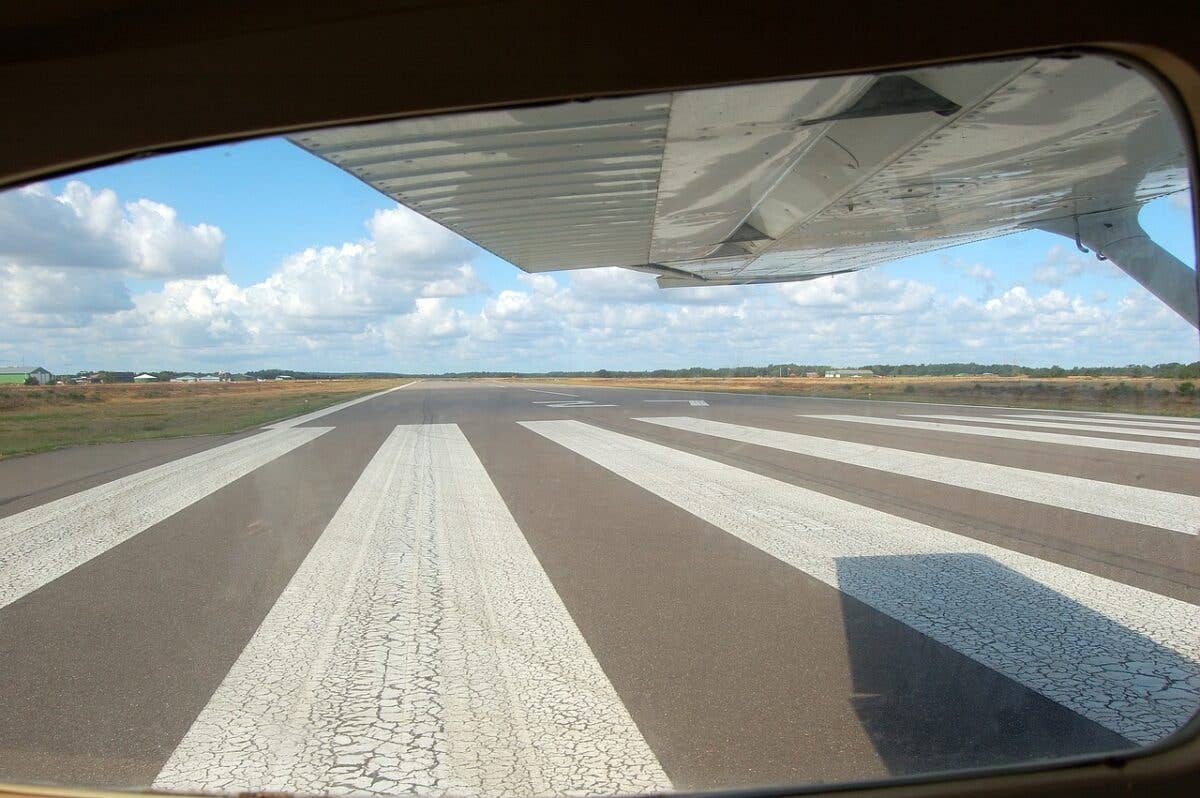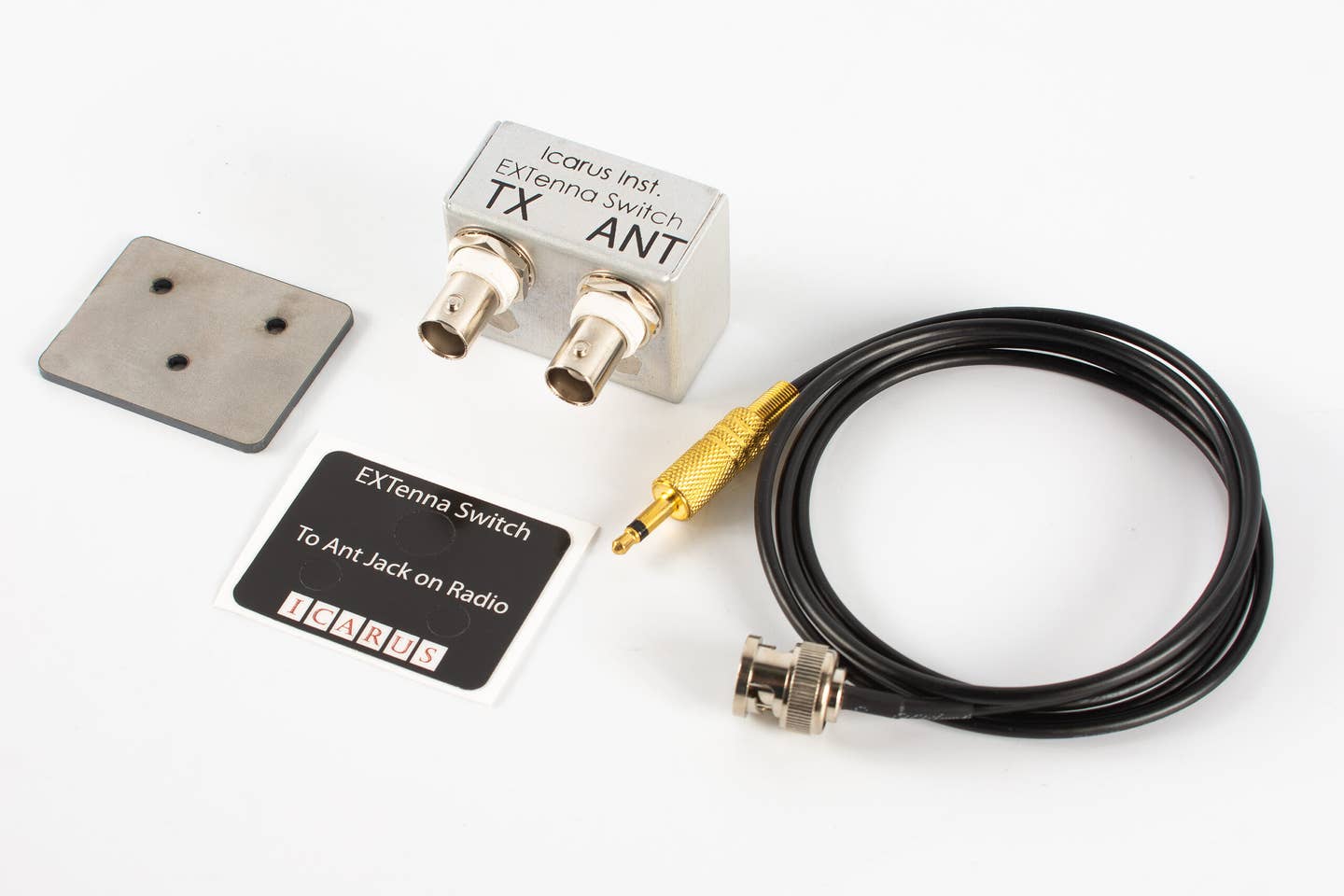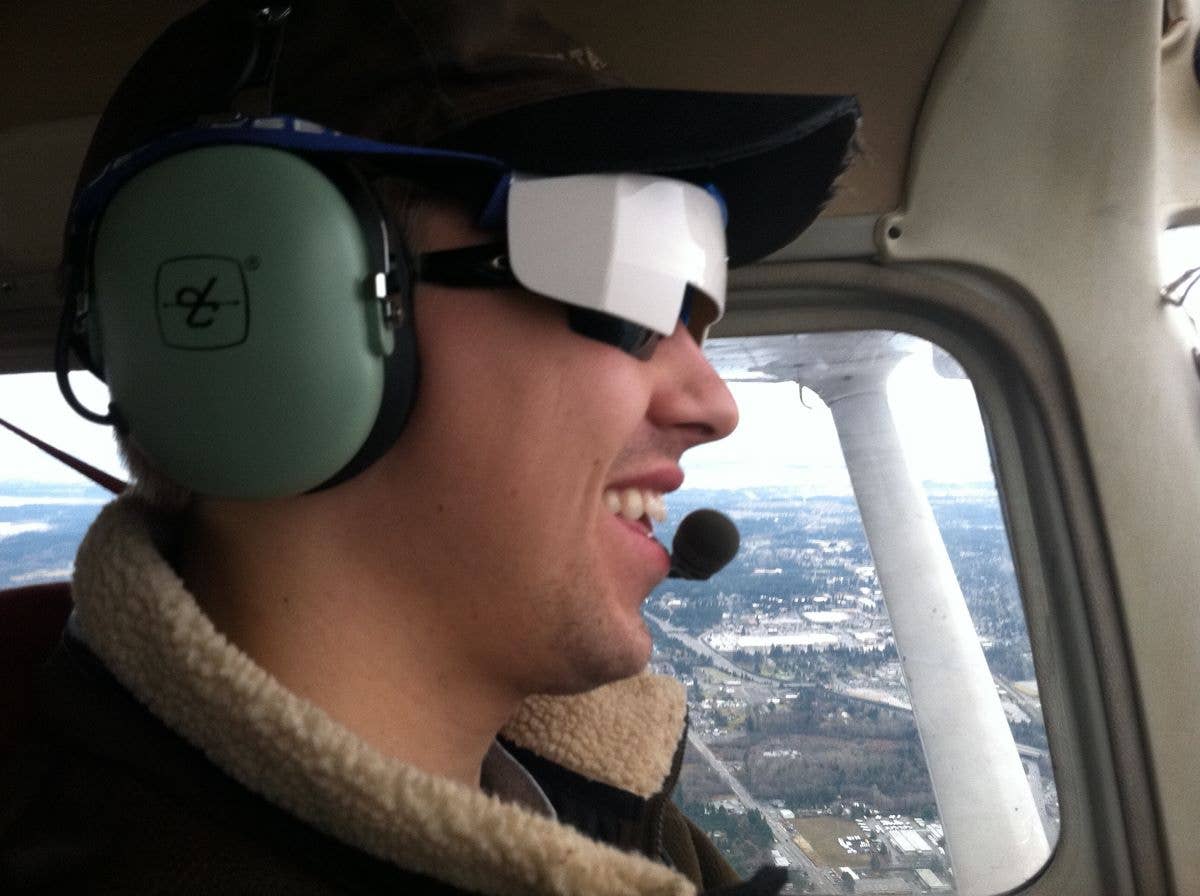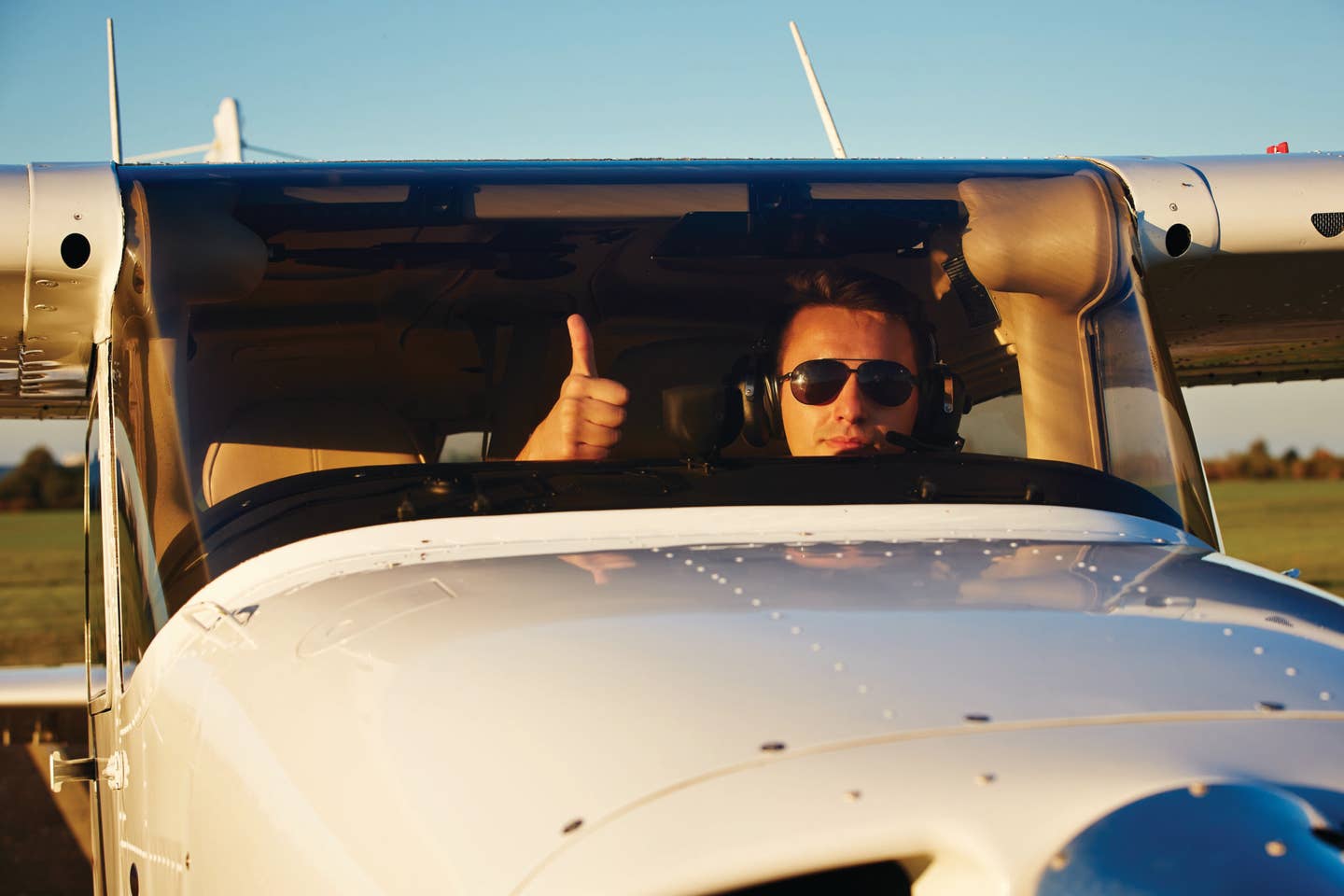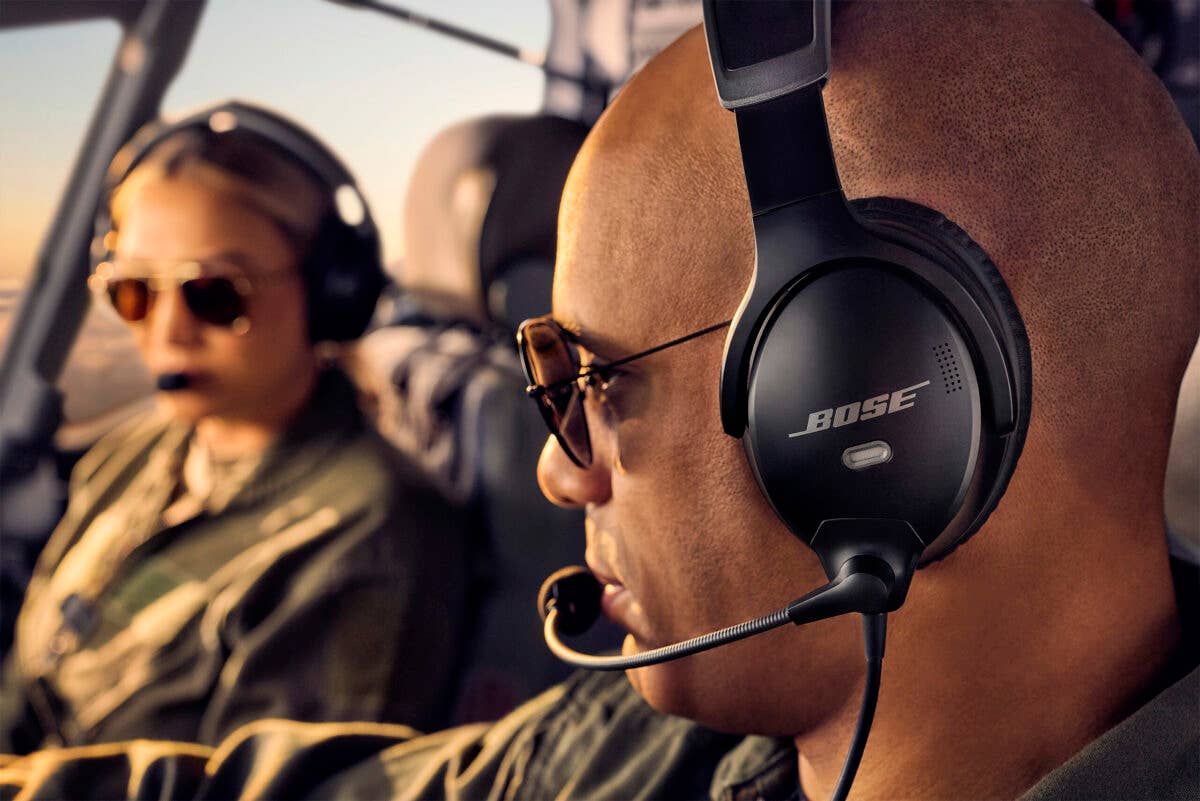
The MightySat represents one of the simplest ways a pilot can accurately gauge blood oxygen levels to help prevent hypoxia. The tiny device gently grasps the pilot’s finger to capture a wide range of health information through the pulse and blood. Masimo Personal Health
Hypoxia takes hold when the oxygen level in a person’s arterial blood-flow to the brain is too low. Without enough O2, pilots can experience tingling in their extremities, tunnel vision and an ever-worsening ability to safely control the airplane. Oxygen deprivation is difficult to self-diagnose because symptoms, masked by a sense of euphoria, appear gradually.
Masimo Personal Health thinks its hospital-quality MightySat pulse oximeter may help prevent hypoxia, and it's certainly better than climbing up high in an unpressurized airplane and hoping for the best.
The four-ounce MightySat is a consumer version of the pulse-oximeter technology doctors have been using for years.
Like other pulse oximeters, the MightySat is an alligator-clip-like device that grasps an aviator’s finger and captures data through the pulse and by measuring blood oxygen saturation.
Putting the MightySat on the finger activates the electronics and the display. Since each person’s readings differ, best practice means connecting the MightySat before a flight and at least once during a high-altitude flight to create the necessary awareness.
The MightySat's display is tiny, about an inch square. So how much help can such a tiny device be when a pilot's bouncing around in turbulence or inside a bright, sunny cockpit? Masimo says the MightySat's electronics can cope with the bumps, and the company created its own smartphone app that connects the device to your phone or tablet via Bluetooth. Data then appears on a much larger display.
And what about all the abbreviations, such as SpO2, PR, PI, PVI and RRP, the pilot sees once MightySat’s gotten hold of their finger? Dr. Steve Barker, Masimo’s chief science officer, a physician, aeronautical engineer and lifelong pilot, explained SPO2 as a pilot’s oxygen saturation level, normally in the high 90 percent range at sea level. By 10,000 feet, it’s down to the low 90s. “Below 90 percent, you’re flirting with the edge of the cliff,” he said. “By 75 percent your judgment is impaired. You’ll also begin experiencing tunnel vision.”
Other readings provided include PR, or pulse rate, and PI, or pulse intensity. RRP represents the user’s respiratory rate. Available for $299 at masimopersonalhealth.com.

Subscribe to Our Newsletter
Get the latest FLYING stories delivered directly to your inbox

